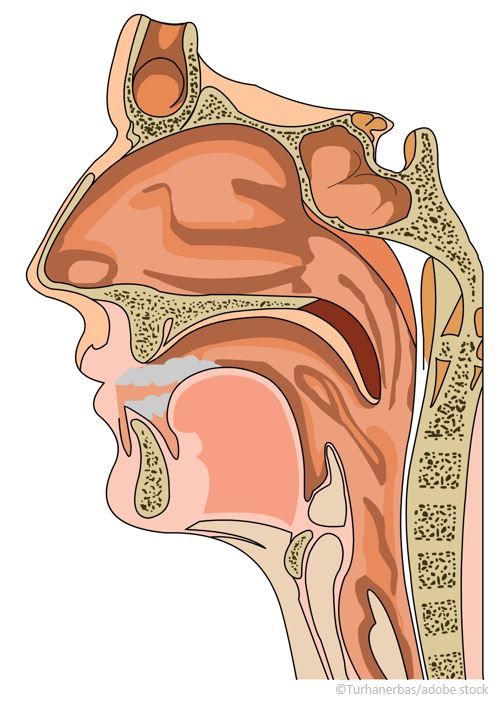Chronic Sinusitis Flares Reduced by 66% in Pooled Analysis of Optinose ReOpen Program Data

In patients with chronic sinusitis, use of the fluticasone propionate nasal spray drug-device XHANCE signficantly reduced the number of disease exacerbations, or flares, by 66%, compared with use of a placebo comparator, according to an announcement today from manufacturer Optinose.
The finding comes from a preplanned analysis of pooled data from the company’s pivotal ReOpen 1 and ReOpen 2 trials and is based on twice daily dosing of 2 sprays (372 µcg) using XHANCE.
The company reports data from additional preplanned analyses that found reductions ranging from 53% to 80% in the number of exacerbations among patients taking XHANCE one spray per nostril (186 µcg) twice daily, and in subgroups either with or without nasal polyps.
According to Optinose, the phase 3 ReOpen program is the first to demonstrate that a nasal medication can reduce significantly the number of acute sinusitis exacerbations. “This is important because these episodes not only lead to poor quality of life but also often push people to frequent use of antibiotics, oral steroids, or even surgery,” said Optinose president Ramy Mahmoud, MD, MPH, in the company statement.
“Data show that nationwide, chronic sinusitis patients receive antibiotics at a vast majority of office visits, and it is one of the most common reasons for antibiotic prescribing in outpatient adult care,” said Anju Peters, MD, professor of medicine and director of clinical research in the division of allergy and immunology, Northwestern University Feinberg School of Medicine.
“Data show that nationwide, chronic sinusitis patients receive antibiotics at a vast majority of office visits, and it is one of the most common reasons for antibiotic prescribing in outpatient adult care."
“Excessive antibiotic use can drive emergence of antibiotic resistance and can lead to allergic reactions, adverse effects, and unnecessary costs, so preventing exacerbations and reducing antibiotic use…is very important.”
The XHANCE drug-device product uses a proprietary delivery system uniquely designed to deliver the topical anti-inflammatory fluticasone propionate to the high and deep regions of the nasal cavity where sinuses ventilate and drain.
ReOpen1 and ReOpen2 are global, randomized, placebo-controlled phase 3 trials that evaluated the efficacy and safety of 1 or 2 sprays of XHANCE in each nostril twice daily over 24 weeks in patients with CT-scan proven chronic sinusitis, according to Optinose. A total of 554 patients, both with and without nasal polyps, were treated across the 2 studies.
Investigators were interested in coprimary endpoints: change from baseline in symptoms, as measured by a composite score of patient-reported symptoms (including nasal congestion, facial pain or pressure sensation, and nasal discharge) at the end of week 4, and objective change in inflammation inside the sinus cavities, as measured by change in average of percentages of volume occupied by disease across the ethmoid and maxillary sinuses as measured by CT scan.
Findings reported previously from both trials demonstrated that XHANCE treatment resulted in reduction of the combined symptom score and reduction of inflammation inside the sinus cavities.
Optinose notes that the safety profile and tolerability of XHANCE in the ReOpen program were consistent with the product’s currently labeled safety profile
“Acute symptom flares of chronic sinusitis are a major reason for patients to come to see me and many other doctors,” added Peters in the press statement. “These data suggest a potential new evidence-based best practice paradigm where we use medical treatment to treat chronic sinusitis and reduce the frequency of acute exacerbations.”